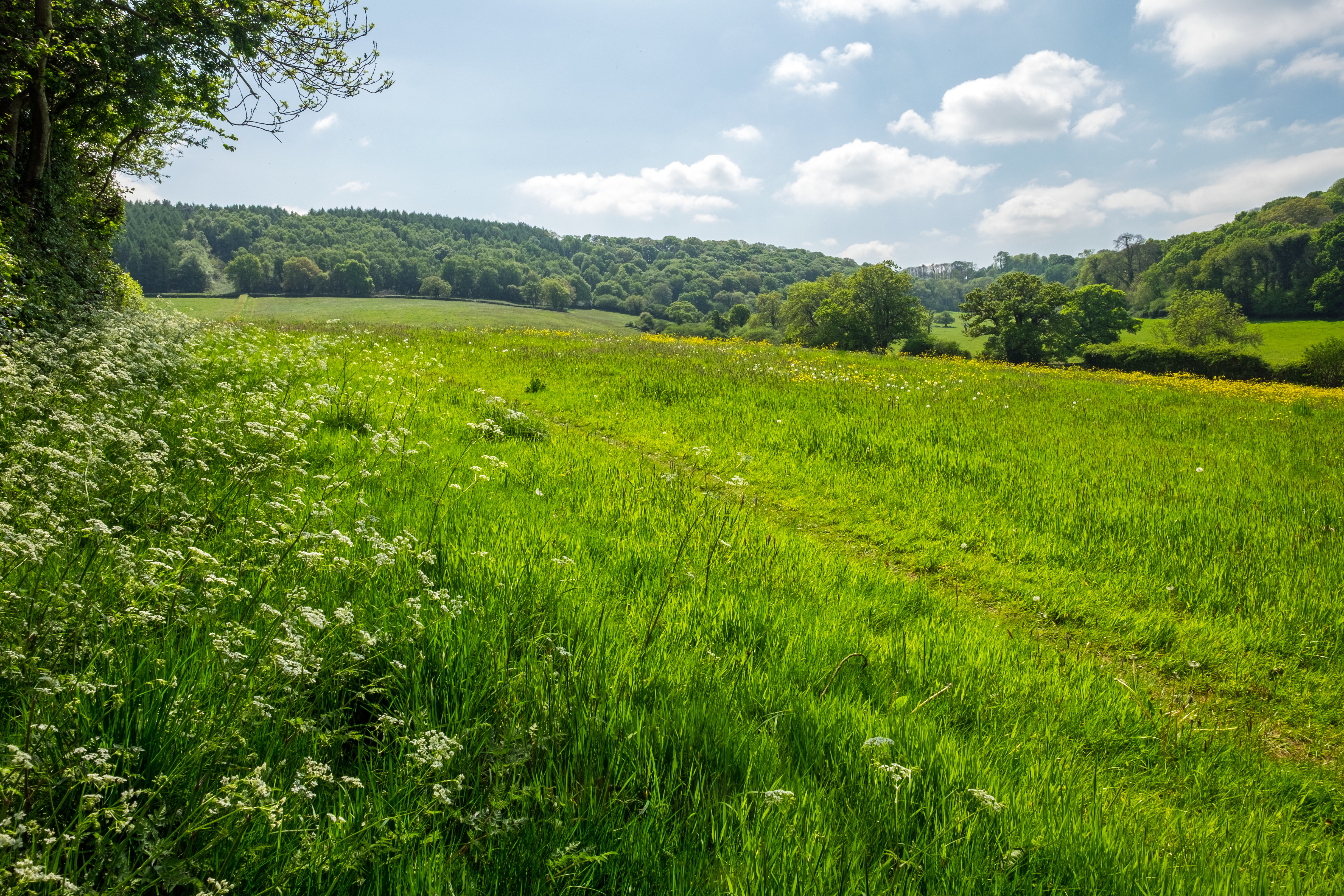As we go through the transition with direct payments gradually falling, we will increase the funding and roll out of our Environmental Land Management schemes.
We will have three schemes to pay for environmental and climate goods and services:
- the Sustainable Farming Incentive (SFI) will pay farmers to adopt and maintain sustainable farming practices that can protect and enhance the natural environment alongside food production, and also support farm productivity (including by improving animal health and welfare, optimising the use of inputs and making better use of natural resources)
- Countryside Stewardship (CS) will pay for more targeted actions relating to specific locations, features and habitats. There will be an extra incentive through CS Plus for land managers to join up across local areas to deliver bigger and better results
- Landscape Recovery will pay for bespoke, longer-term, larger scale projects to enhance the natural environment
Currently, there are about 40,000 agreements in our Countryside and Environmental Stewardship schemes, covering about 34% of agricultural land. There are 94% more CS agreements now than in January 2020. By 2028, we plan to increase this to at least 70,000 in our schemes, covering 70% of farmed land and 70% of all farms, so that farmers and land managers can collectively deliver our ambitious targets for the environment and climate, alongside food production.
We want all farmers in existing agreements to continue to take part in our new Environmental Land Management schemes and will make it as easy as possible for them to either enter into our new schemes at the right time, or add new offers to their existing agreement (where this is not resulting in double payments for the same action).
The schemes will collectively pay farmers and land managers to deliver, alongside food production, significant and important outcomes for the climate and environment that can only be delivered by farmers and other land managers in the wider countryside. These include:
- creating and restoring a broad range of wildlife-rich habitat, as well as continuing to protect habitat already managed under our existing agri-environment schemes
- improving water quality, by reducing nitrogen, phosphorus and sediment pollution from agricultural activities, building on our existing Catchment Sensitive Farming approach
- increasing resilience to flooding and drought through nature-based solutions such as natural flood management
- creating more new woodlands and treescapes to increase tree and woodland cover, and encouraging management of existing woodlands, including to increase their resilience to pests and diseases
- reducing carbon emissions, storing carbon and increasing resilience to climate change, for example through management of soils, water, peatland and trees


